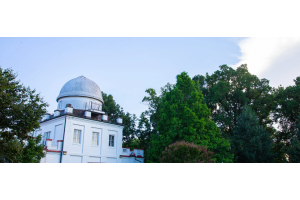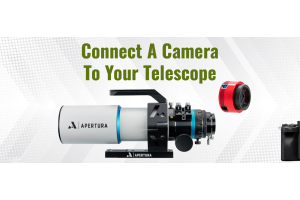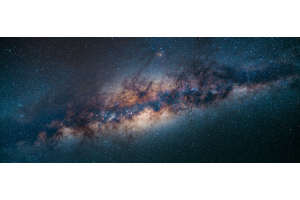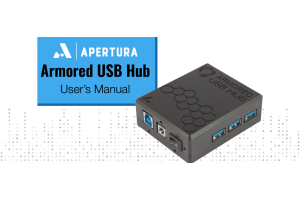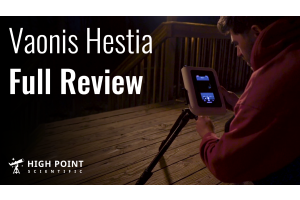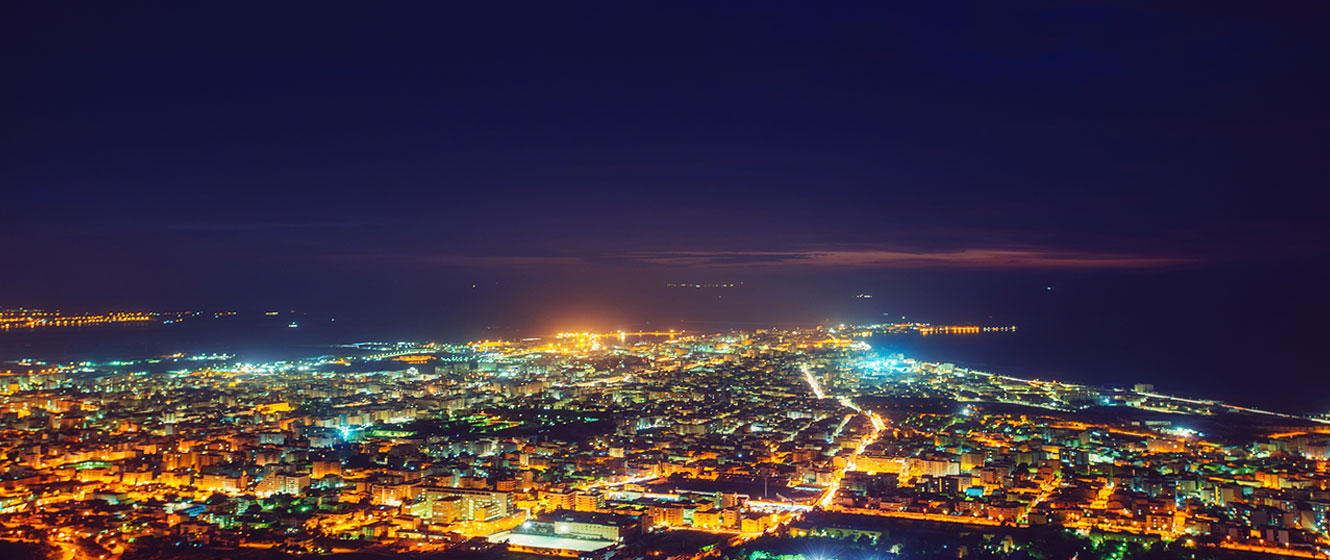
What is light pollution?
A common enemy of every amateur astronomer is light pollution! The light emitted from buildings, street lights, headlights, stop lights, porch lights, and even your phone can be detrimental to your views through your telescope. Light pollution is the product of an industrialized society.
The light from the city center can completely erode your view of the night sky, washing out nearly any incoming light from the stars above. Under these conditions, a telescope's performance is considerably hindered for nearly every object other than the planets, moon, and the very brightest of deep sky objects.
Understanding the Bortle Scale
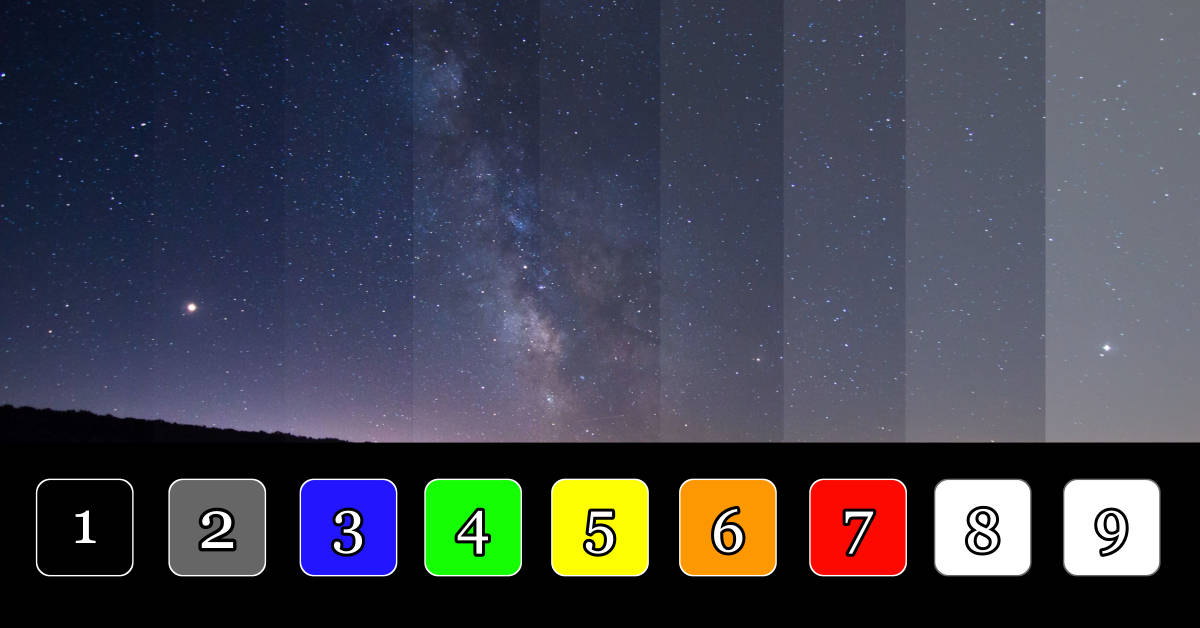
An example of the Bortle Scale. Credit: NightSkyPix.com
But how can you know exactly how much light pollution you have in your skies? The easiest way to do this is to figure out what’s called your Bortle Scale. The Bortle Scale was developed by John E. Bortle to roughly estimate the amount of light pollution in the sky. John Bortle created this scale from Class 1 to Class 9.
A Bortle class 1 sky would be considered truly dark: the zodiacal light would be visible in the Spring and Autumn, and the Milky Way would be bright enough to cast shadows. A good example of a location with Bortle 1 light pollution would be some famous parks out in the Western United States, such as portions of Yellowstone National Park, Steens Mountain in Oregon, portions of Nebraska, and more. Bortle 1 zones are becoming more rare in the modern era but can be a life-altering experience to see for the first time.

The Milky Way Galaxy as seen from a Bortle 1 light pollution zone.
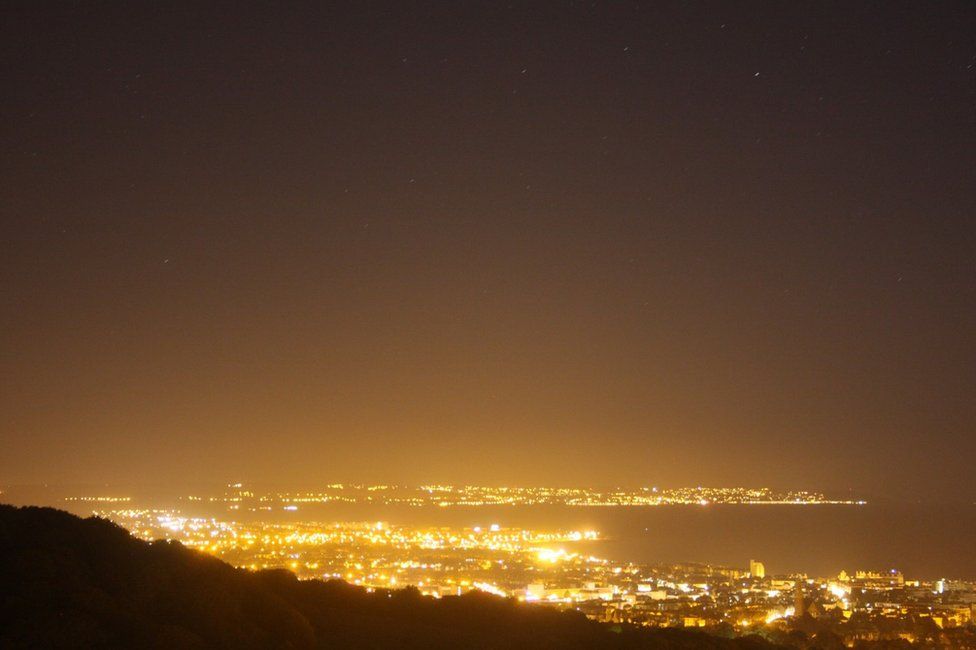
Light pollution as seen over a Bortle 9 zone. Note that few, if any, stars are visible.
Finding the Andromeda Galaxy (M31) to Estimate Your Bortle scale
There are several ways you can estimate the Bortle scale at your location. The easiest way is to try to find the Andromeda Galaxy (M31) in the night sky. It’s the only galaxy beyond the Milky Way visible easily to the naked eye. To find the Andromeda Galaxy, look for the four stars that make up the body of the constellation of Pegasus. Once you find these four stars, find the star Alpheratz.
From Alpheratz, look for the three main stars that make up the body of the constellation of Andromeda: Delta Andromedae, Mirach, and Almach. From Mirach, look for two stars that sit perpendicular to one another in the sky: Mu Andromedae and Nu Andromedae. You’ll find the Andromeda Galaxy next to Nu Andromedae.
At any modest dark sky site, the Andromeda Galaxy should be fairly obvious as a diffuse “smudge” in the sky. If you have any significant difficulty finding the Andromeda Galaxy and know you’re looking at the right place, you probably have Bortle 8 or 9 skies. If you can just barely see the Andromeda Galaxy, but it takes significant effort to do so, you probably have Bortle 7, Bortle 6, or even Bortle 5 light pollution depending on your eyesight. But if the Andromeda Galaxy is immediately obvious to you, it’s likely you are located at a dark sky site of Bortle 4 or lower!
How Does Light Pollution Affect Visual and Astrophotography?
Unfortunately, both visual astronomers and astrophotographers are hugely impacted by light pollution. It’s why we like to travel to dark, remote sites far away from any cities. As a result of light pollution, it is impossible to see most deep-sky objects from the center of a city. Light pollution dramatically decreases the contrast around an object in your eyepiece. Although your telescope may be collecting the light, they still tend to be pretty diffuse even through the largest of telescopes. Having a low contrast background makes picking out already faint objects nearly impossible. Even an ultra-high contrast filter would still make this task very difficult. For visual astronomers, if you want to really see what your telescope can reveal, getting away from the city lights is your only option.
For astrophotographers, to get the best possible pictures you also need to get away from the city lights. However, you are not as limited as visual astronomers are. This is because your camera can take advantage of the fact that many nebulae and galaxies in the night sky emit light at certain wavelengths. Nebulae, such as the Lagoon Nebula or the Horsehead Nebula, are called emission nebulae, meaning that they are highly ionized hydrogen molecular clouds that emit in the H II region - especially hydrogen alpha. We can counteract some of the light pollution by only allowing the transmission of the H II region of the nebula. For information on some of the best filters to pick for astrophotography, check out our article on the Best Filters for Astrophotography and our latest video on the subject!

Questions? Contact Us!
Our team here at High Point Scientific is all too familiar with the effects of light pollution! If you are interested in amateur astronomy and live in a light-polluted suburb, our team may be able to point you in a direction where you can effectively satisfy your curiosities!
This Article was Last Updated on 07/27/2023











